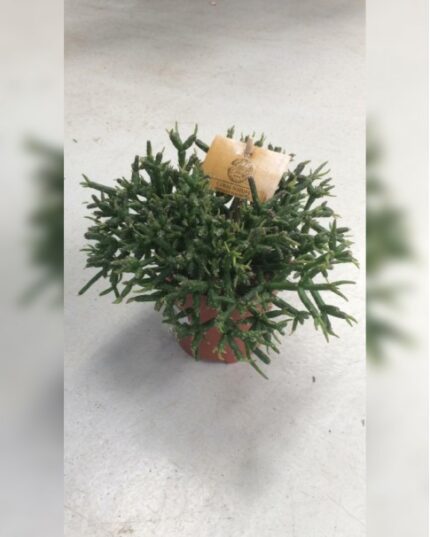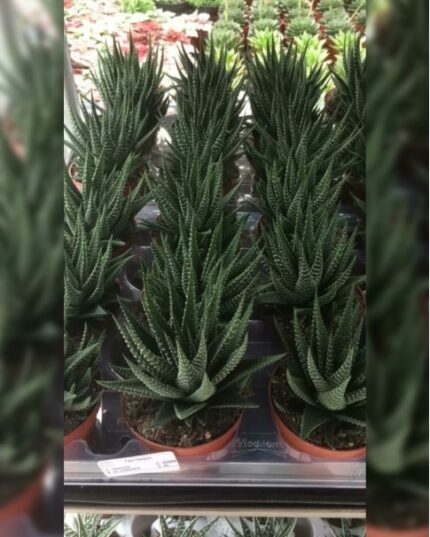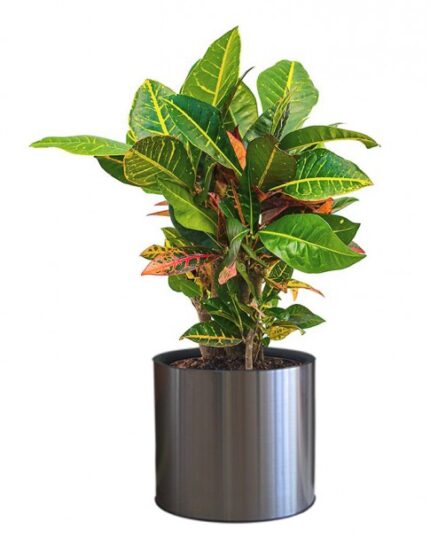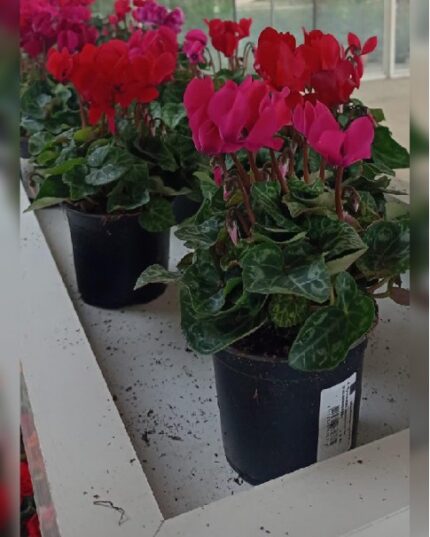Areca Palm 150 CM Ht
A study by Wolverton has shown that an Areca palm is effective in removing benzene, formaldehyde, and trichloroethylene from the air.
- Absorbs pollutants. Areca palm plants help in absorbing indoor air pollutants like acetone, xylene, and toluene which emits from petroleum products and paints and wooden furniture
- Usher healthy lungs, strengthen the central nervous system, It’s a non-poisonous plant.
How to care
Light: Areca palms require bright indirect light. Too much light or direct sun burns the fronds and causes them to yellow.
Water: Keep the soil of an Areca palm moist but never soggy. Allow the top couple of inches to dry out before watering. Remember, the soil at the bottom of the container is much wetter than the soil at the top. Never allow an Areca palm to sit in water. If your household water has a lot of chemicals in it or passes through a water softener, allow it to sit out overnight before using it or use distilled water. Water containing plenty of chemicals or salt can spot the leaves.
Fertilizer: Feed an Areca palm monthly when it is actively growing with a balanced liquid fertilizer at 1/2 the recommended strength. Too much salty fertilizer spots the leaves.
Temperature: Areca Palms prefer temperatures between 65°-75° during the day and around 55° at night. This plant is very sensitive to low temperatures; if you place it outside during the summer be sure to bring it in before temperatures dip below 50°.
Potting: Plant an Areca palm in a container twice the size of the root ball. Palms like being a little root -bound, so don’t rush to repot
Pruning: Prune any brown or yellow fronds that appear. Use wet scissors to prune brown tips on the fronds. Areca palms have only one growing tip at the very top of the plant; if that tip is damaged or cut off, the plant stops growing.












